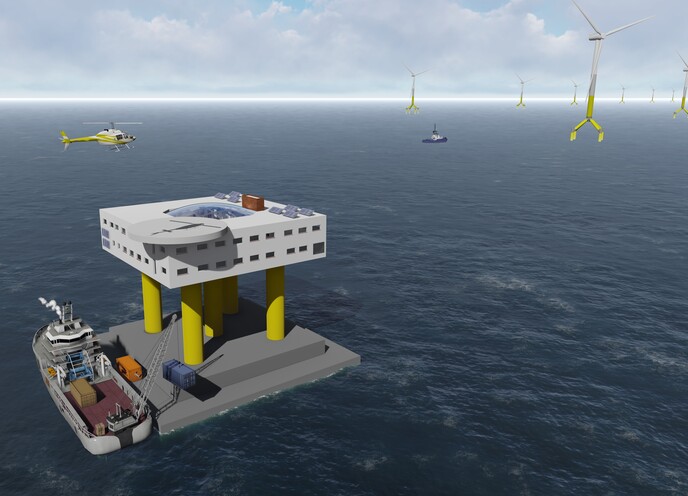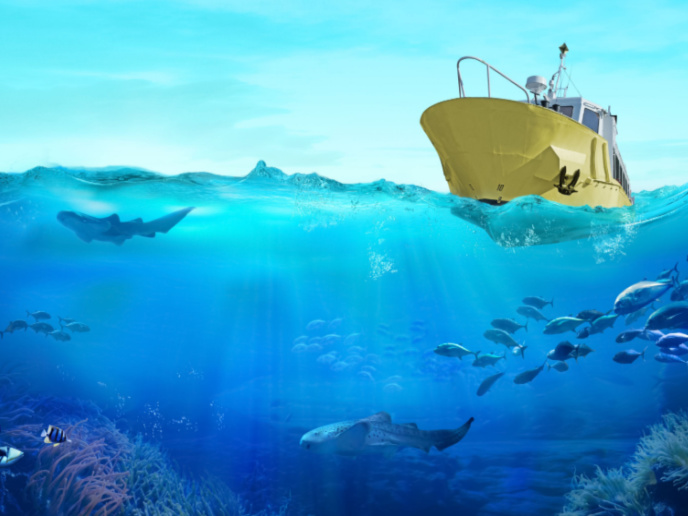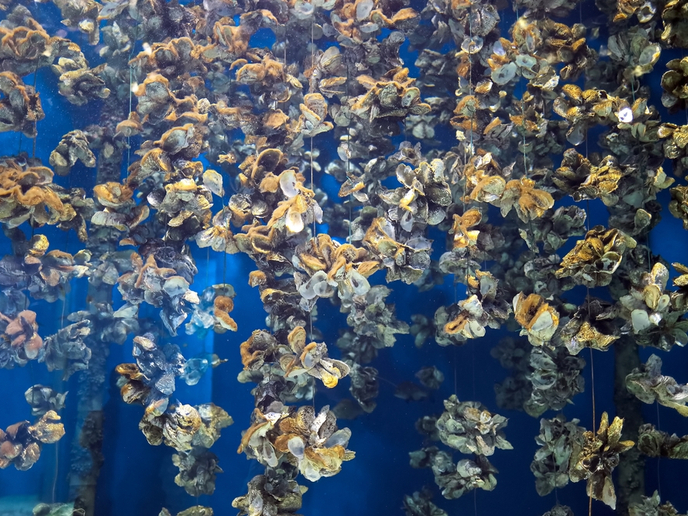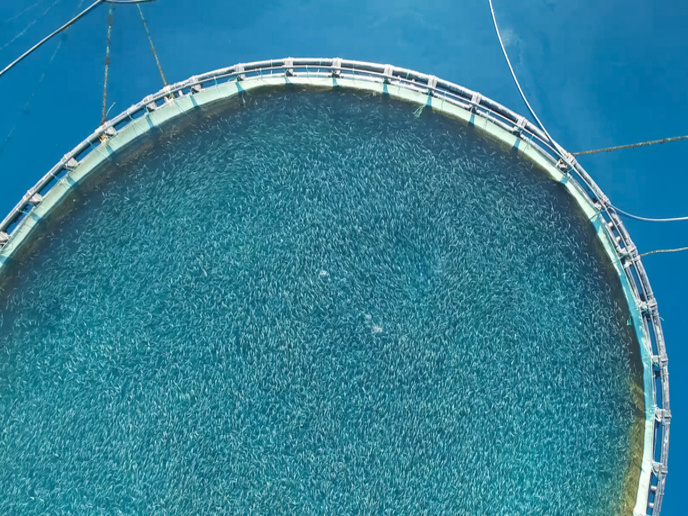Floating islands to work and live on
Soon enough, Europeans living on water could become a thing. We’re not talking boats here, but rather gigantic floating platforms with housing sitting on top of them. If you’re still in doubt, three statistics could help convince you. The European population is growing and will soon hit 450 million, urbanisation is expected to increase to approximately 83.7 % in 2050, and 40 % of Europe’s GDP is generated in coastal regions. Meanwhile, offshore activities quite literally have had the wind in their sails. “Harvesting energy from the wind at sea is more efficient than on land because of the more constant winds. Besides, the sea itself is more and more seen as a source of food and materials. If we combine the trends of population growth, the shift to cities and coasts, sea level rise and increased activities at sea, we can see this all calls for solutions to add ‘space at sea’,” says Maarten Flikkema, coordinator of the Space@Sea (Multi-use affordable standardised floating Space@Sea) project on behalf of MARIN.
Multipurpose solutions
Space@Sea aims to deliver multipurpose floating islands with a low environmental impact, demonstrate them at small scale, and evaluate business cases for two European regions. By the end of the project’s life cycle, the consortium hopes to validate a logistics hub in the North Sea and an energy hub in the Mediterranean. Both hubs will include aquaculture and living facilities. Moreover, the project has considered the creation of a floating logistic hub as a single-use option in the Black Sea. Earlier projects had already focused on multi-use business cases for floating islands. But Space@Sea goes further by focusing on cost reduction, sustainability and the development of technical solutions related to island shape, floater type and mooring. As Flikkema notes: “There are currently no technical solutions for large-scale floating islands due to a lack of regulation and governance. All activities at sea involve ships, small platforms or new land created by poldering or infilling. The latter option, which the Netherlands is famous for, has two main drawbacks: it’s irreversible with a very large impact on the environment, and it’s only technically and economically feasible up to a water depth of approximately 25 metres.” Such constraints would irremediably rule out the Black Sea, where the Romanian port city of Constanta has been looking for a modular island solution to welcome ongoing development and expansion projects. These include: an extension of approximately 150 ha by means of an artificial island; the development of an LNG terminal to meet growing energy demand; the development of a wind farm field and wind power plant; and a barge terminal expansion. Now close to its completion, the project has successfully demonstrated three core designs. The first is the basic floater design – a rectangular floater with a side length of 45 or 95 metres. The second is the mooring system for the modular platform, which can flexibly and efficiently cope with the platform-imposed mooring. Finally, there is the operation and maintenance platform for floating wind farms. The two-level platform’s working and living rooms offer space for approximately 32 people. It should enable the storage of spare parts and fuel reserves while reducing costs of ship and helicopter transfers. The Romanian project partner, ICEPRONAV Engineering, has contributed with engineering of the floater design and its applications. “The Space@Sea philosophy is that living follows work. As working activities require comfortable living conditions, our platforms will attract a larger workforce and even encourage them to take their family offshore. We expect the floating island to gradually grow in size and require a growing number of functions,” Flikkema explains. “Likewise, cities may face the need to grow but have no space to extend inland. They would naturally turn to the sea for a solution.” In the short term, Flikkema says the energy hub has the most potential for further offshore applications. It will act as an accelerator for the development of floating islands. Other applications such as living, leisure activities, logistic services and aquaculture should rapidly follow. “We will conclude our work with a roadmap for the deployment of floating islands,” he adds. “Now that a technical solution is available, further discussions on regulations and governance can be initiated.”
Keywords
Space@Sea, floating island, Black Sea, wind power, aquaculture, logistics hub, floater







